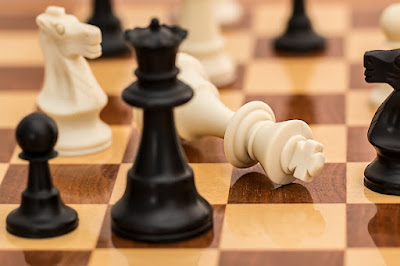Forget about umbrellas! Go outside and have some fun while it's raining. In the event that there is no lightning or thunder, it is best to keep children outside of the home while it is raining as long as it is safe to do so. They won't be prepared for how drastically different the world looks to them while it's storming outside.
What You'll Need:
1. Permission to get wet.
2. Once you're outside splashing through the rain, take a big whiff of the air. Do you notice a difference in the smell of rainy-day air?
3. Look around, and see if you can spot any animals or insects that you don't normally see when the sun is out.
4. Watch your step. Chances are you'll see plenty of earthworms wiggling about in the rain.
5. Look at the trees to see how they handle the rain. Some leaves are made so that the rain glides off them.
6. Check to see what else you can discover around your house that looks different in the rain than when the sun is out.




















